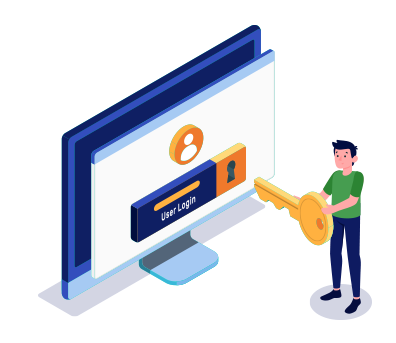Search for an answer or browse help topics

Refer to this useful Video regarding Order Types: Limit Order, Market Order, Stop Loss Order (SL), Stop Loss Market Order (SLM) and
Product Types: CNC (Cash and Carry), MIS (Margin Intraday Square Off), NRML (Normal Product type for Carryforward)
Every order that you enter must have a product type, based upon your trading pattern or what position you wish to take.
The product types are as mentioned below :
| Product | Type | Segments | Remarks |
| MIS | Intraday / Jobbing | Equity / F&O / Currency / MCX |
All intraday positions should be taken in MIS. These positions are squared off 15 minutes before market closing time in NSE & Currency and 30 minutes before market closing time in MCX |
| CNC |
Delivery |
Equity |
Delivery trades in the Equity segment should be done in CNC. No leverage is provided for delivery trades. |
| NRML |
Carry forward Trades |
F&O / Currency / MCX |
All carry forward positions should be taken in NRML. You need to have the full required margin in your account for trading in NRML. |
Kindly note that in Validity, by default 'Day' option will be selected, as IOC will be a good option for people who place market orders of large quantity thereby increasing the Impact cost.
For example, an order of 1000 with a disclosed quantity condition of 200 will mean that 200 is displayed to the market at a time. After this is traded, another 200 is automatically released, and so on until the full order is executed. (The Exchange may set a minimum disclosed quantity criteria from time to time).

Simply fill the details, connect your bank account & upload your documents.
Open An AccountYou will be redirected in a few seconds.